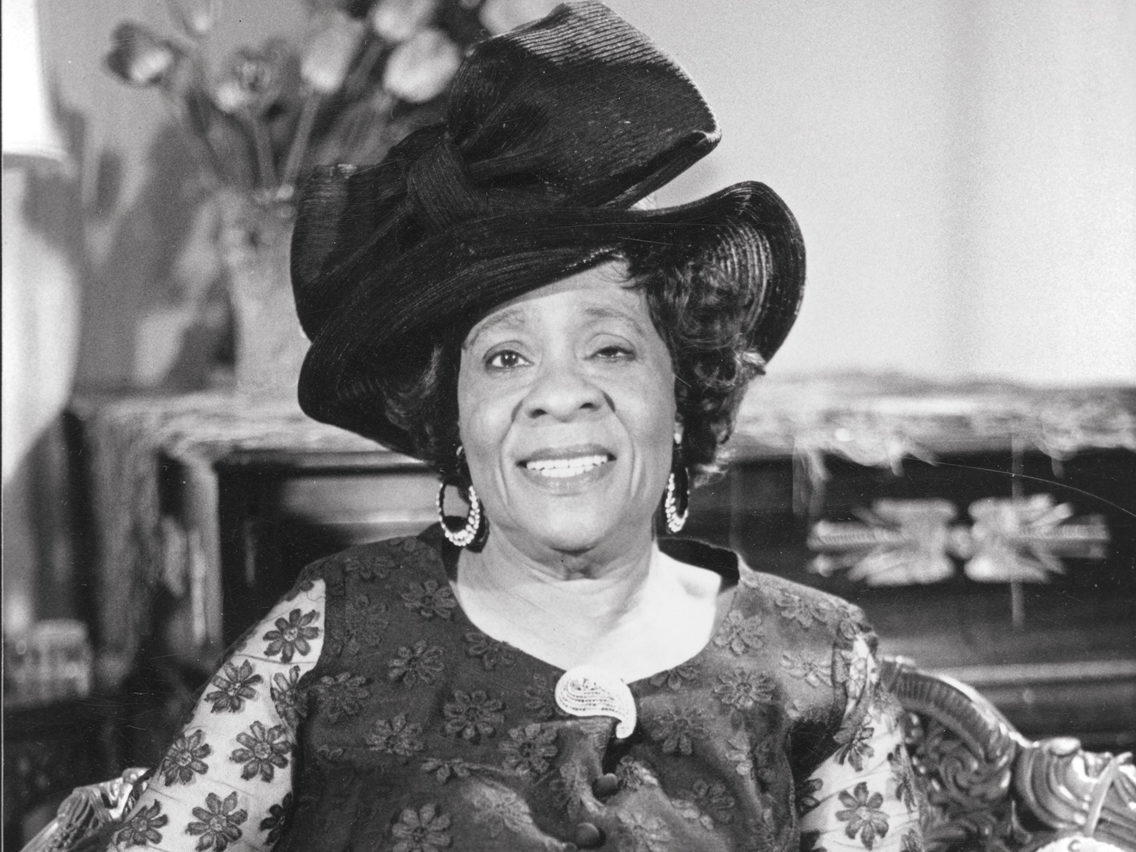The Local newsletter is your free, daily guide to life in Colorado. For locals, by locals.
When Fannie Mae Duncan opened the Cotton Club’s doors in the early 1950s, she wanted to bring top-notch entertainment to Colorado Springs. She succeeded—the venue often hosted musicians such as Billie Holiday and Duke Ellington before it closed in 1975—but it was her “everyone welcome” policy, inviting both black and white audiences to shows in an otherwise segregated community, that transformed the city. Duncan will be memorialized as a catalyst for peaceful integration in Colorado Springs on October 26, when Fort Collins sculptor Lori Pandy unveils a life-size bronze likeness of Duncan (complete with her signature four-inch heels) in front of the Pikes Peak Center for the Performing Arts. As the city’s first statue of an African American woman, the sculpture underscores another issue: Only 10 percent of outdoor historical statues in the United States depict women, and even fewer commemorate women of color. If Colorado would like to begin to even those numbers out, we’d suggest starting with these three local pioneers of integration.
(Read more about the local movement to create more public art dedicated to women)

[Read More: Where’s All the Public Artwork Honoring Colorado Women?]
One For the Books
While working at a Five Points library in the 1930s, Pauline Short Robinson noticed it lacked books about African American heritage. To fix the issue, she baked and sold 100 pies, raising $40 to start a collection. Despite that success, a Denver Library staffer said the institution would never hire a black woman as a librarian. Robinson proved the naysayer wrong in 1943.
Right to Work
In 1951, Denver Public Schools told Ruth Denny she was too fat and hairy to be hired. She knew the real reason was the color of her skin and started Denver’s Congress of Racial Equality (CORE) chapter, often hosting group meetings in her living room. In 1962, CORE boycotted and picketed local grocery stores, such as King Soopers, for weeks, successfully persuading the companies to hire African Americans.
Teaching Tolerance
Gladys Bates’ contributions to racial equality began in Mississippi, where, in 1948, she sued the state for salary discrimination against black teachers. Her justice-driven principles followed her to Denver: As a teacher at Baker Junior High School, Bates wrote the school’s first curriculum for African American history, and when she was assistant principal of Place Junior High, she organized dances to encourage white and black students to mingle.









